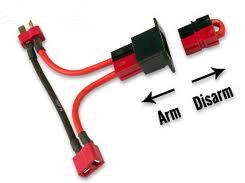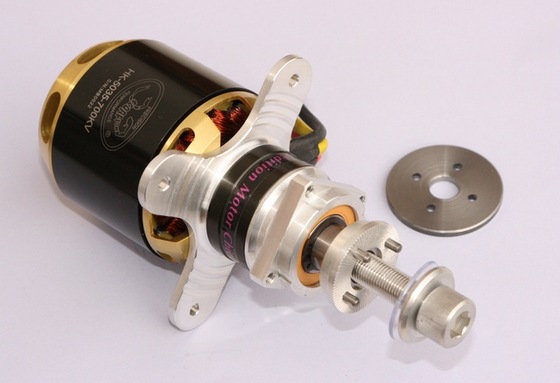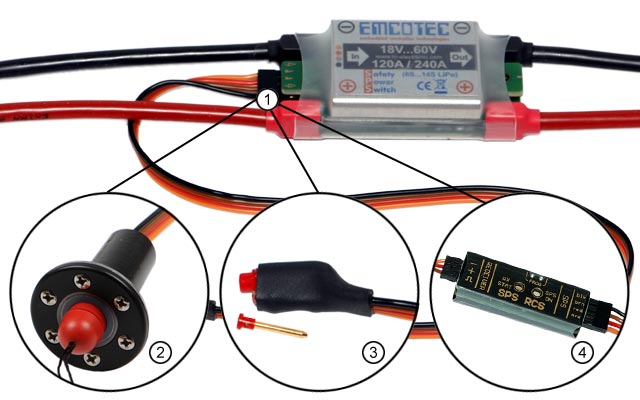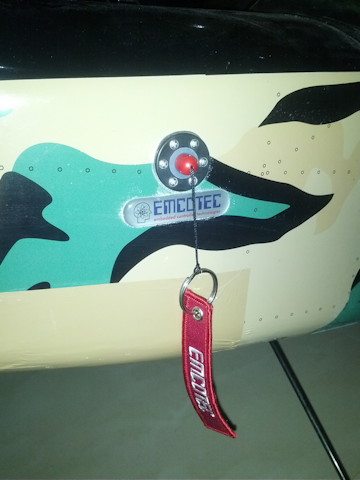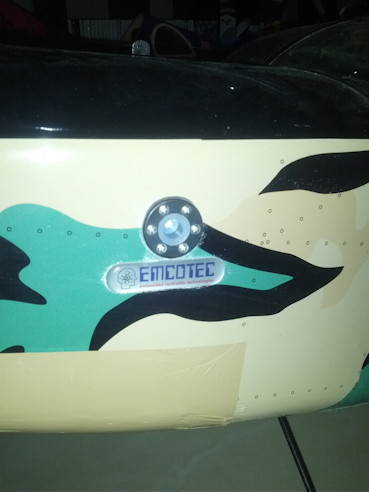I've had two people ask me, in the last 7 days, about the merits of using lipo batteries in transmitters and receivers so I thought it might be a good time to do an article on battery technology, and power systems generally:
LIPO batteries are wonderful things.
They can store a huge amount of power for their size and weight (say 200watthours per KG), whereas a NIMH battery designed for frequent cycling will typically store about 70watthours per kg.
And LIPOs can deliver their power really quickly, and be recharged really quickly, whereas NIMH batteries are happier delivering their power over hours rather than minutes, and being recharged at, say, 1/10 of their rated capacity - overnight before you go flying.
So LIPO batteries are magic at running electric motors and, with care, will deliver years of useful service (or one flight if pushed too hard).
I think that most people who use them will know that LIPO batteries also have a dark side, which is that, if something goes wrong during charge, discharge or due to a crash, they are VERY unstable and will quite happily burn your workshop to a pile of cinders. I have seen a lithium battery go into flame and it took about 1 second (no exaggeration) to become so hot that it looked like it had come out of a blacksmith's furnace and, after sitting under water (salty water) for 10 hours, it took less than 5 seconds to go into flame state again. This is a chemical fire, incidentally, and pretty hard to put out, hence the need to store LIPOs in a serious metal case and never leave them unattended when charging.
They also have another downside, though, and that is their energy delivery, shown in the graph below. Basically they can deliver most of their power flat out until they are about 98% discharged, at which point the power drops off the edge of a cliff and you get nothing. That's great news for running an electric motor (you don't want it gradually slowing down throughout a flight, but not great news when you need a reserve of power. There is also about .3 of a volt (yes, 3/10ths of a volt) between "almost full" and "too late", which is a very small margin of error and something that most on-board battery checkers can't cope with.
Now, in small electric planes, foamies, gliders etc, the ESC has a built-in safety system to cut motor before things get critical, at which point the voltage recovers slightly, and you still have power to the receiver and servos to make your landing. I wouldn't trust this in larger electric planes so wherever there is space and capacity for a little extra weight, my receiver will be run from a NIMH 5 pack (Eneloop and now FDK 2500mah batteries). That means that on my large electrics, the LIPOs are doing nothing other than powering the motor, and ALL my flight controls are handled by NIMH, which have a very nice, rounded discharge curve, so my on board battery checker can tell me if they are struggling.
Would I use a LIPO in my transmitter? We'll, I'd be putting a live firework into $500 of equipment that I hold in my hands, in order to save a couple of hundred grams in weight, I get about 14 hours run time on NIMH which is adequate for most days out, but then I'd also be risking my plane with LIPOs in the transmitter because the transmitter voltage display is nowhere near accurate enough to give me a warning well before it got to the critical drop off point ringed in red, below. So no, I wouldn't, and I don't really care that some radio manufacturers think it is ok (or, perhaps more importantly, cheaper) because I suspect they think that in the same way that airlines, mobile phone companies and fancy electric car manufacturers regularly get caught out by lithium technology.
I really like LIPOs. I have 2 ammunition boxes full of them that are used in a variety of models. But I like NIMH technology too. It's horses for courses. I like hot glue, especially for fixing the grandchildren's toys, but I wouldn't use it for fixing a firewall prior to attaching a 5kw electric motor.
I hope this is useful.
Clive



